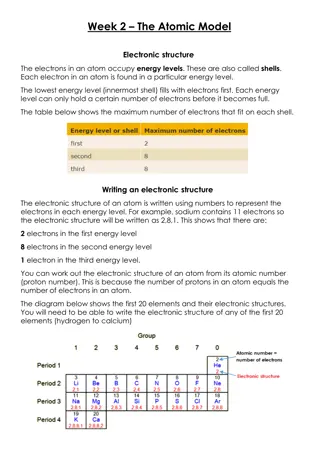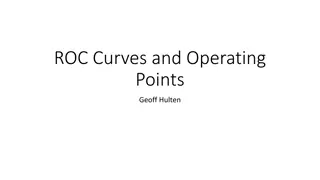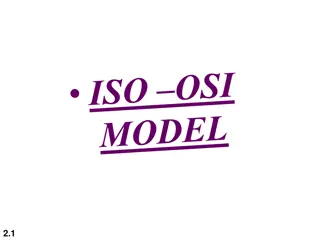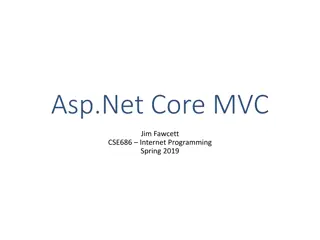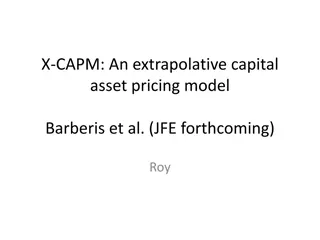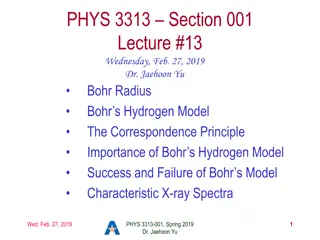Analyzing Historical Documents Using SCIM-C Model
The SCIM-C model provides a structured approach for analyzing historical documents through summarizing, contextualizing, inferring, monitoring, and corroborating information. It guides the reader in understanding the type of document, specific details provided, subject matter, audience, purpose, production context, inferences drawn, and the significance of the source in answering historical questions.
Download Presentation

Please find below an Image/Link to download the presentation.
The content on the website is provided AS IS for your information and personal use only. It may not be sold, licensed, or shared on other websites without obtaining consent from the author.If you encounter any issues during the download, it is possible that the publisher has removed the file from their server.
You are allowed to download the files provided on this website for personal or commercial use, subject to the condition that they are used lawfully. All files are the property of their respective owners.
The content on the website is provided AS IS for your information and personal use only. It may not be sold, licensed, or shared on other websites without obtaining consent from the author.
E N D
Presentation Transcript
ABMC Images and SCIM-C Using visuals and close reading to build chronology
SCIM-C Summarizing Contextualizing Inferring Monitoring Corroborating
SCIM-C Model Source Type Specific Information Specific Purpose Author/Audience When/Where Produced Why Produced Contexts of Source Summarizing Context Information Suggested Drawing Interpretations Identifying Perspective Absences/Omissions Additional Evidence Clarifying Definitions Checking Significance Process Check Summarizing What type of historical document is the source? What specific information, details, and/or perspectives does the source provide? What is the subject, audience, and/or purpose of the source? Who was the author and/or audience of the source? Contextualizing When and where was the source produced? Why was the source produced? What was happening within the immediate and broader context at the time this source was produced? What summarizing information can place the sources in time, space, and place? Inferring What is suggested by the source? What interpretations may be drawn from the source? What perspectives are indicated in the source? What inferences may be drawn from absences or omissions in the source? Monitoring What additional evidence beyond the source is necessary? What ideas, images, or terms need further defining from the source? How useful or significant is the source for its intended purpose in answering the historical question? What questions from the previous stages need revisiting in order to analyze the source successfully? Corroborating What similarities and differences between the sources exist? What factors could account for the similarities and differences? What conclusions can be drawn from the accumulated interpretations? What additional information or sources are necessary to answer more fully the guiding historical question Similarities/Differences Explaining Differences Drawing Conclusions Extending Analysis SCIM-C Model Breaking down SCIM-C
The SCIM-C Strategy Summarizing 1. What type of historical document is the source? 2. What specific information, details, and/or perspectives does the source provide? 3. What are the subject, audience, and/or purpose of the source? 4. What does the source directly tell us? Contextualizing 1. Who produced the source? 2. When, why, and where was the source produced? 3. What was happening locally and globally at the time the source was produced? 4. What summarizing information can place the source in time, space, and place? Inferring 1. What is suggested by the source? 2. What conclusions may be drawn from the source? 3. What biases are indicated in the source? 4. What contextualizing information, while not directly evident, may be suggested from the source? Monitoring 1. What is missing from the source in terms of evidence that is needed to answer the guiding historical question? 2. What ideas, images, or terms need further defining from the source in order to understand the context or period in which the source was created? 3. How reliable is the source for its intended purpose in answering the historical question? 4. What questions from the previous stages need to be revisited in order to analyze the source satisfactorily? Corroborating 1. What similarities and differences exist between the sources? 2. What factors could account for the similarities and differences? 3. What gaps appear to exist that hinder the final interpretation of the source? 4. What other sources are available that could check, confirm, or oppose the evidence currently marshaled? SCIM-C Questions Go through these questions with students to help them gain a better understanding of how to use SCIM-C and what they should be looking for when filling out information.
Sergeant Alvin C. York
The Meuse-Argonne American Cemetery Near Romagne-sous- Montfaccon
SCIM-C Chart Options SCIM Process for Analyzing Sources. Question: Source Description ? Summarizing Contextualizing Inferring Monitoring
Historical question to be explored Source ID. ?? S-----------Summarizing What does the source tell us? Just the details.. facts.. C--------Contextualizing When, why, how, where was the source produced? I---Inferring / Inferencing What does the source suggest? Insights, thoughts.. M-------------Monitoring What else would I like to find out? What questions do I now have?
Question: ? Monitoring Inferring Contextualizing Summarize Source Description: Morale Poster Source description







